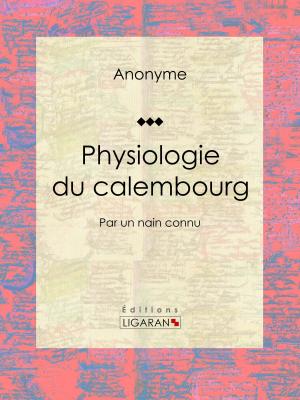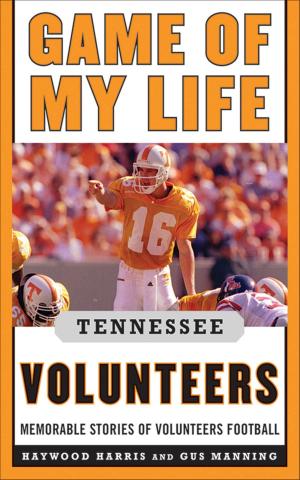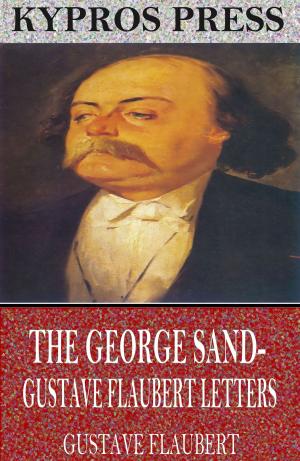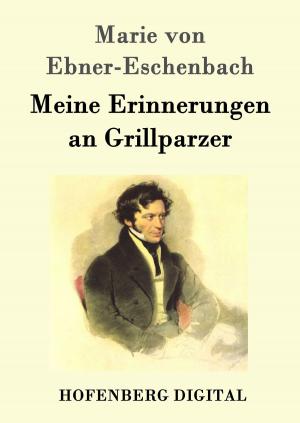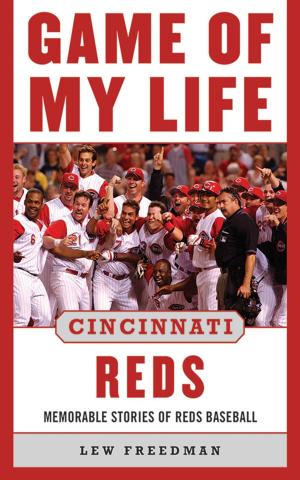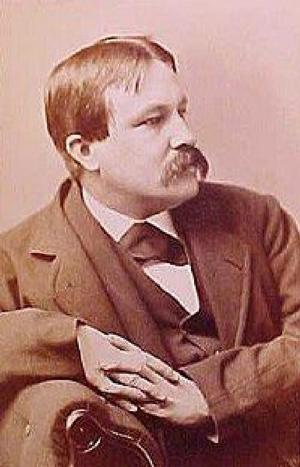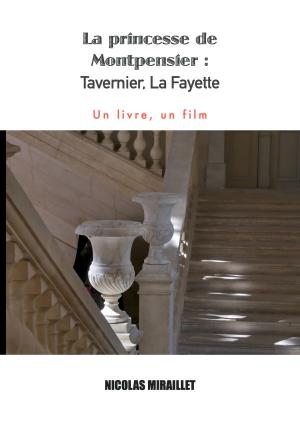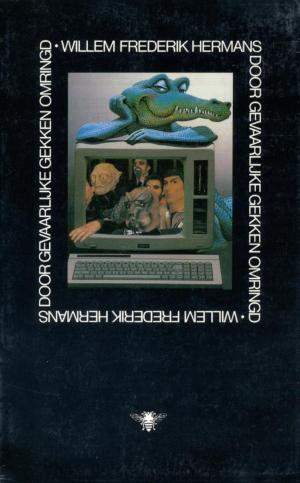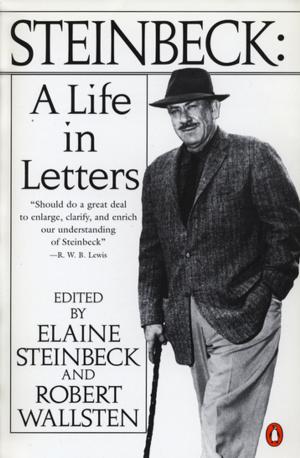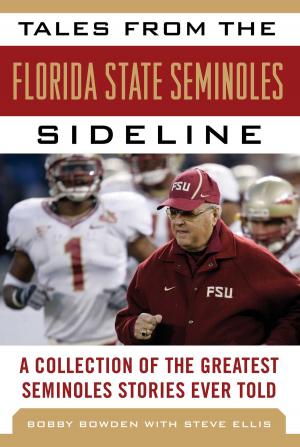Dismantling the Divine: D.H. Lawrence, James Joyce, Samuel Beckett
Nonfiction, Religion & Spirituality, Philosophy, Aesthetics, Fiction & Literature, Essays & Letters, Essays| Author: | Paul Gleason | ISBN: | 9781311970657 |
| Publisher: | Paul Gleason | Publication: | March 13, 2015 |
| Imprint: | Smashwords Edition | Language: | English |
| Author: | Paul Gleason |
| ISBN: | 9781311970657 |
| Publisher: | Paul Gleason |
| Publication: | March 13, 2015 |
| Imprint: | Smashwords Edition |
| Language: | English |
Both Kant and the nineteenth-century idealistic philosophers whom he influenced proposed the artist as a replacement for Christ as revealer of truth. "Dismantling the Divine" explores the ways in which Lawrence, Joyce, and Beckett dismantle this model in some of their best novels by questioning the artist’s ability to respond to “subjective relativism”—a term I use to denote the modern phenomenon of existential uncertainty that results from the loss of religious conviction. The book views Lawrence, Joyce, and Beckett through the lens of such philosophers as Nietzsche, Heidegger, and Adorno. It also stresses intellectual history as a determining factor in modernist artistic production.
Lawrence, Joyce, and Beckett demonstrate their engagement with nineteenth-century aesthetic philosophy in their novels. In "Sons and Lovers," Lawrence engages in a Nietzschean critique of idealism in which Paul Morel strives to develop a redemptive aesthetic philosophy that accounts for the incarnation of the human body in art. Lawrence then considers the social implications of artistic incarnation in "Aaron’s Rod" and ultimately returns to idealism in his portrayal of Ramón’s authoritarian aestheticization of himself as the god Quetzalcoatl in "The Plumed Serpent."
In "A Portrait of the Artist as a Young Man," Joyce rejects Flaubert’s theory of artistic detachment, tracing Stephen Dedalus’ failed attempt to create an objective art. In the “Scylla and Charybdis” episode of "Ulysses" and the “Shem the Penman” chapter of "Finnegans Wake," he proposes Nietzschean and Heideggerian models of artistic creation that locate the social and philosophical relevance of literary art in the writer’s poetic use of language and participation in reality.
Influenced by Schopenhauer, Beckett criticizes the idealistic notion of the artist in "Watt," contemplates the possibility of authoritarianism and total subjectivity of literary creation in "Molloy" and "Malone Dies," and achieves a negative approach to universal truth in "The Unnamable" that recalls the theories of Heidegger and Adorno.
Both Kant and the nineteenth-century idealistic philosophers whom he influenced proposed the artist as a replacement for Christ as revealer of truth. "Dismantling the Divine" explores the ways in which Lawrence, Joyce, and Beckett dismantle this model in some of their best novels by questioning the artist’s ability to respond to “subjective relativism”—a term I use to denote the modern phenomenon of existential uncertainty that results from the loss of religious conviction. The book views Lawrence, Joyce, and Beckett through the lens of such philosophers as Nietzsche, Heidegger, and Adorno. It also stresses intellectual history as a determining factor in modernist artistic production.
Lawrence, Joyce, and Beckett demonstrate their engagement with nineteenth-century aesthetic philosophy in their novels. In "Sons and Lovers," Lawrence engages in a Nietzschean critique of idealism in which Paul Morel strives to develop a redemptive aesthetic philosophy that accounts for the incarnation of the human body in art. Lawrence then considers the social implications of artistic incarnation in "Aaron’s Rod" and ultimately returns to idealism in his portrayal of Ramón’s authoritarian aestheticization of himself as the god Quetzalcoatl in "The Plumed Serpent."
In "A Portrait of the Artist as a Young Man," Joyce rejects Flaubert’s theory of artistic detachment, tracing Stephen Dedalus’ failed attempt to create an objective art. In the “Scylla and Charybdis” episode of "Ulysses" and the “Shem the Penman” chapter of "Finnegans Wake," he proposes Nietzschean and Heideggerian models of artistic creation that locate the social and philosophical relevance of literary art in the writer’s poetic use of language and participation in reality.
Influenced by Schopenhauer, Beckett criticizes the idealistic notion of the artist in "Watt," contemplates the possibility of authoritarianism and total subjectivity of literary creation in "Molloy" and "Malone Dies," and achieves a negative approach to universal truth in "The Unnamable" that recalls the theories of Heidegger and Adorno.

